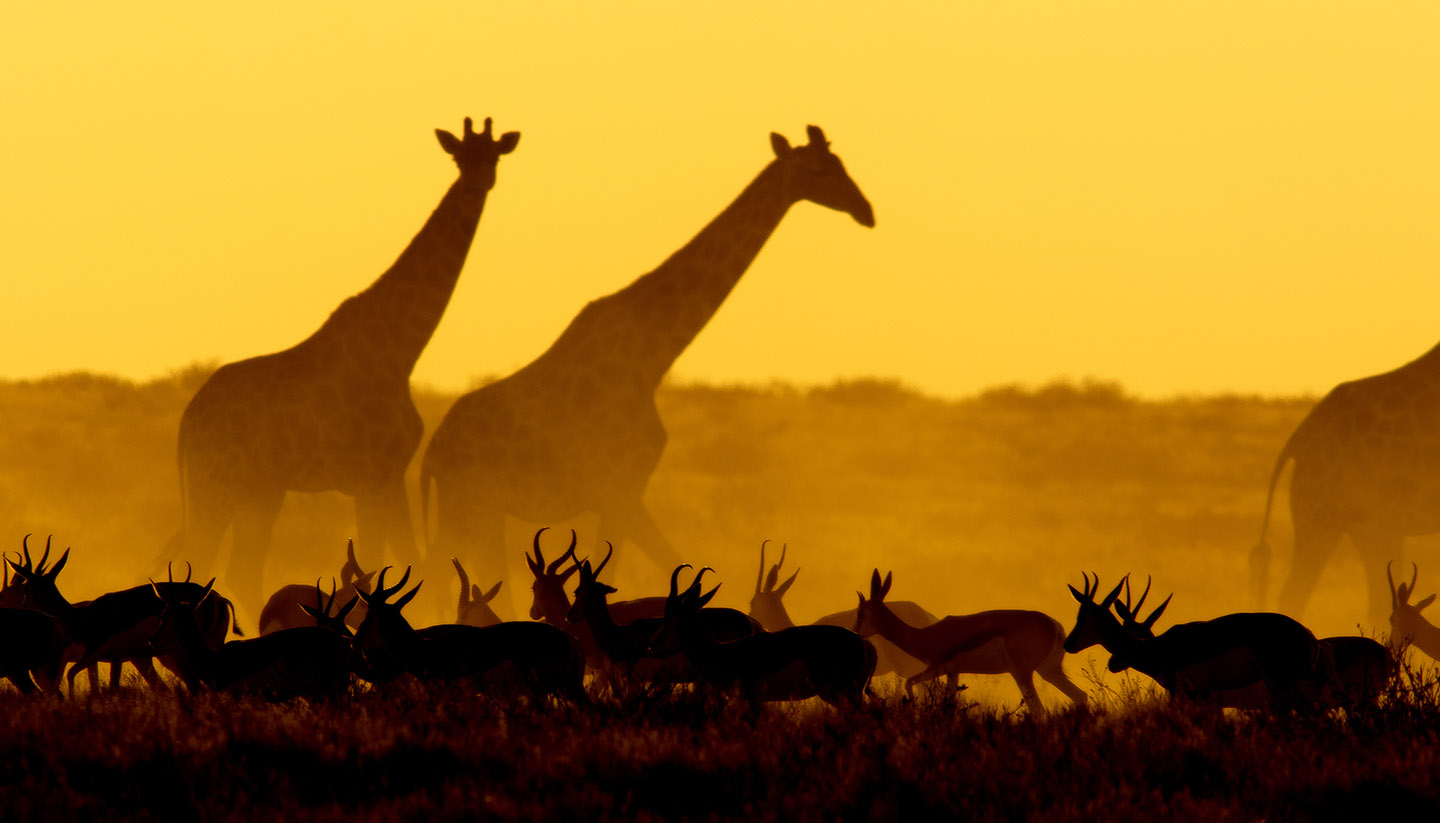Exploring Africa by road is one heck of an adventure; Bryony Holland revs up her 4x4 and discovers that southern Namibia’s sprawling moonscapes and sweeping dunes offer a truly otherworldly escape from World Cup frenzy.
Namibia is epically empty. It is the perfect place to unshackle from the everyday and just drive. You’ll be surprised by how many kinds of beautiful nothingness this surreal African country has in store, from dunes to canyons to mountains to windswept beaches and immense moonscapes. If you feel the need to flee South Africa’s heady World Cup mayhem, roll over the border to southern Namibia, and spend your time enjoying this remote slice of Africa by road.
Southern Namibia is packed with space, if that makes sense. This is prime, uninterrupted road trip territory, and you’re likely to encounter more springbok than fellow drivers. Although 4x4s are not strictly required, in practice they cut both journey times and bone-shuddering bumps in two. There are only three highways, all of good quality, and a handful of tarmac secondary roads. The rest is dust and fist-sized rubble, which adds to the impression of really fresh adventure, far removed from beaten tourist loops.
Sparse rainfall, starry desert nights and great campsites with communal braai pits (African barbecue) make southern Namibia a camper’s dream. Rent some camping gear with your 4×4, obtain a good road map, select your favourite driving CDs, top up on petrol and water whenever the opportunity arises, and you can’t really go wrong.
Namibia offers plenty of small campsites, where you can whack some local boerewors (spicy sausage) on the braai, and enjoy a Windhoek beer before heading to bed. Just be sure to lock up your edibles or you’ll be vulnerable to pre-dawn baboon raids.
Between long bouts of nowhere, with never-touched land that looks prehistorically scorched by the sun, venturing around Namibia’s corner of Africa by road reveals some unforgettable sights:
Fish River Canyon
The Fish River Canyon, in the southernmost reaches of the country, is the second deepest canyon in the world. Accessible only by a long gravel detour from the highway dotted with rusty truck wrecks and biltong (cured meat) shacks, it’s one of Southern Africa’s most under-known and overwhelming treasures. In fact, you may well be the only people there, sitting on the edge of an indescribably huge gorge in the earth’s surface, with the whole of Africa stretched out before you. For a break from traversing this stretch of Africa by road, spend five days hiking 85km (53 miles) along the length of the canyon if you visit during May – October. See Namibian Wildlife Resorts for details.
Luderitz
Luderitz, north of Fish River, is another eye-opener. A diamond mining hub and true outpost town, it feels abandoned at the edge of the world. On the way, you may even catch the famous wild horses of the Namib Desert galloping through the sandy wilderness. How they came to roam these desolate plains remains a mystery, but they’re now the stuff of local legend and tourist appeal. If you apply for a special permit, you can visit the wind-thrashed ghost towns of Pomona and Elizabeth Bay, deep within the strictly forbidden Sperrgebiet mining area during your stay in Luderitz.
Sossusvlei
Sossusvlei is Namibia at its most iconic: giant red sand dunes set against a bright blue sky. Prepare to feel dwarfed, amazed and very, very hot. Sossusvlei is undoubtedly best seen at sunrise when the shifting shadows pass across the sands. At this time of day, the dunes seem to be moving and changing colour – something truly bizarre to behold. Try climbing massive Dune 45 for a humbling panorama of the whole area. Further into Sossusvlei National Park, you’ll find the Dead Vlei, a massive dry salt pan speckled with petrified trees that looks more Dr. Seuss than natural phenomenon.
To reach Sossusvlei for sun-up, you’ll need to stay somewhere near the park entrance and leave in darkness. Sossusvlei Desert Camp is a brilliant option with cosy permanent tents, private braais and endless desert views. Unbelievably peaceful and totally isolated, getting away from it all doesn’t even begin to cover it.
Namib-Naukluft Mountains
If, by now, your explorations of this remote part of Africa by road is making you crave signs of life, spend a couple of nights in the Namib-Naukluft Mountains, not far from Sossusvlei. Here, you’ll find clear, flowing rivers, and green valleys filled with grazing springbok, eland, ostrich and even mountain zebra: a plush oasis perched atop a barren land. The Tsauchab River Camp, with natural springs, walking trails and great pitches between wild fig trees is a breath of fresh air after a stifling spell in the desert.
Swakopmund
Travelling further north and crossing the Tropic of Capricorn, you’ll find Swakopmund: the adventure epicentre of the country. The coastal road to Swakopmund is otherworldly, often with huge sandstorms whipping across the roads, and thick sea fogs rolling in from the Atlantic. The town itself is equally surreal, with chocolate-boxey German buildings and the occasional local in Lederhosen. It’s a hive of adrenalin-inducing activity, with everything from sand boarding to skydiving on offer. Spend a morning rocketing over the dunes on a quad bike, take a flight over the spooky shipwreck-riddled Skeleton Coast, try dune-paragliding, deep-sea fishing, hot-air ballooning, rock climbing, kayaking, dolphin cruising and cable sliding. The list goes on and on, with new adventures popping up like plains grass.
All in all, there’s something not-of-this-planet about southern Namibia, even when you see it with your own eyes. Photogenic it may be, but no super-duper SLR can capture its splendid isolation and startling landscapes. It’s all about peace, boundless space, outdoor living and the open African road. Simply stock up, strap in, and set off on the drive of your life.






